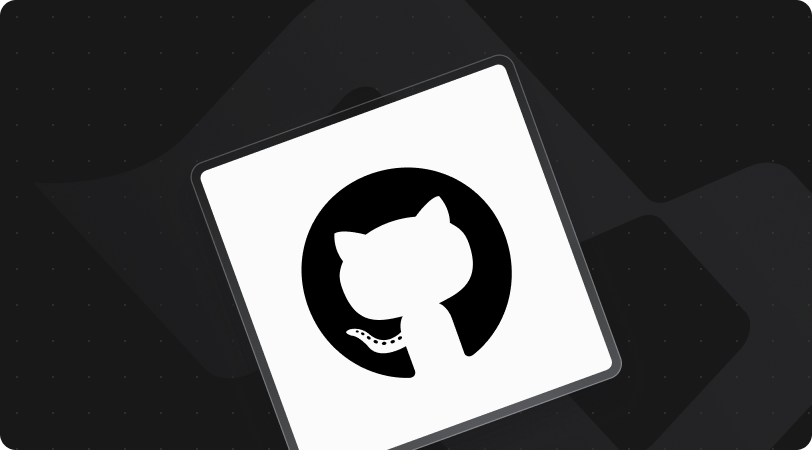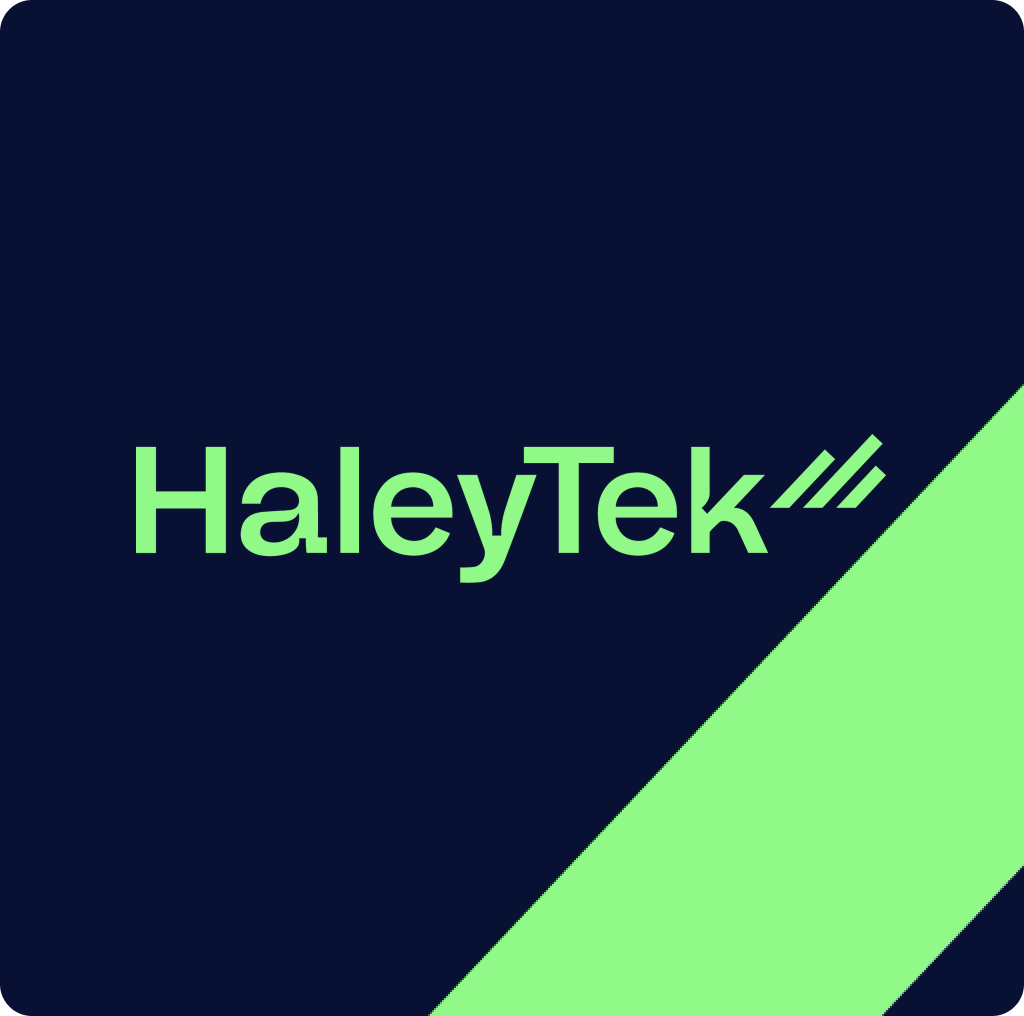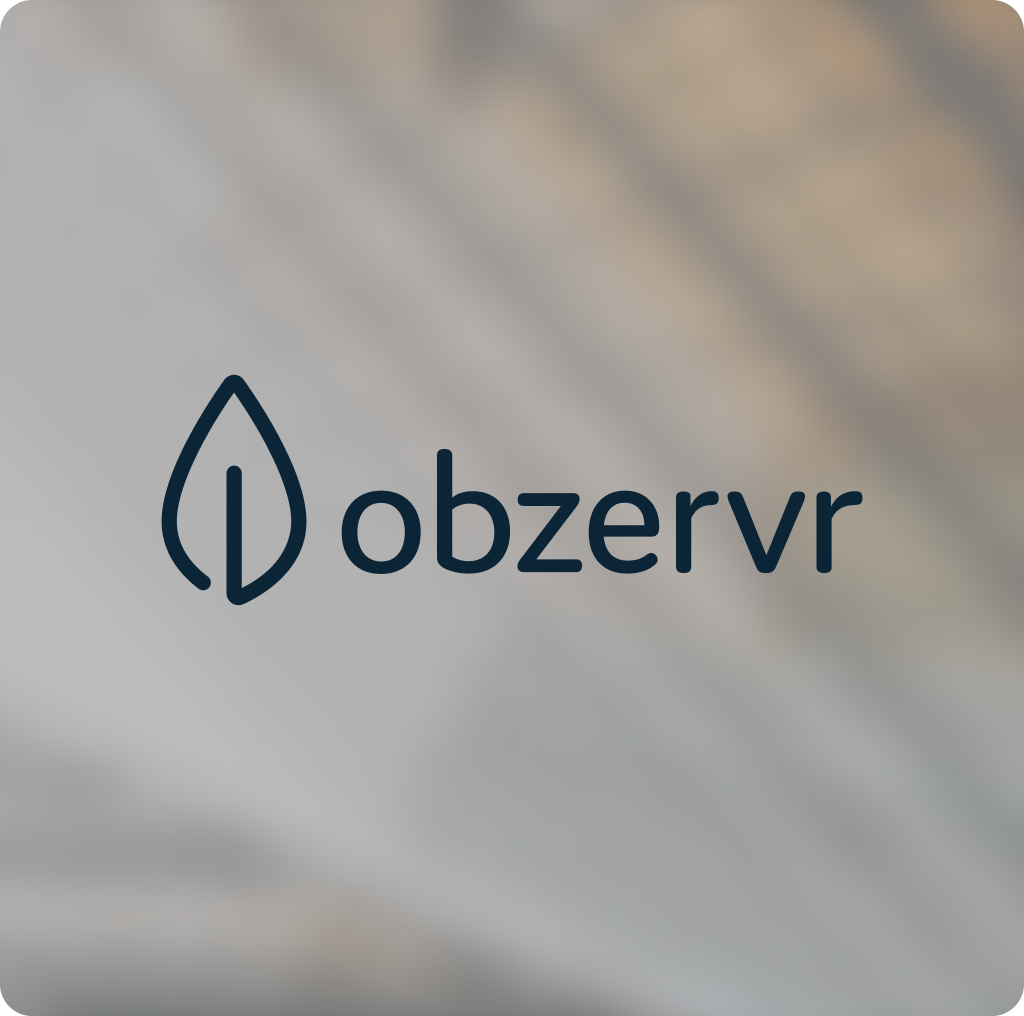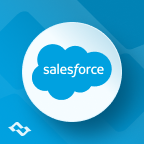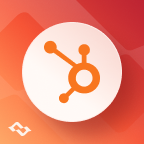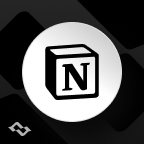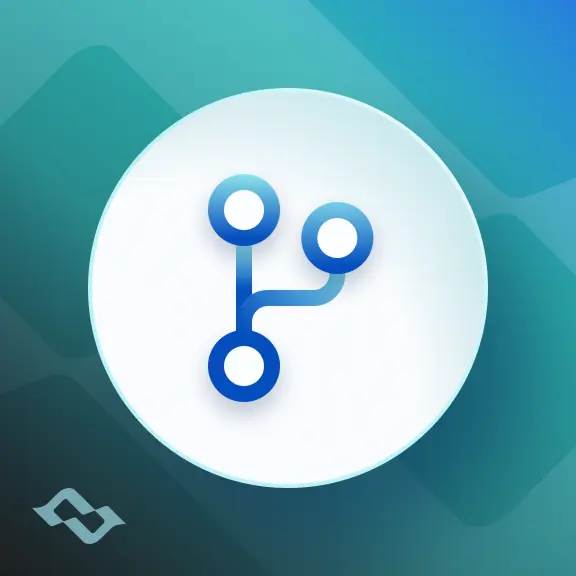If you write code, there’s a good chance you’ve used GitHub, or at least heard someone say, “Just push it to GitHub.”
But what is GitHub, really? Why do developers, data scientists, and enterprise teams depend on it every day?
At its core, GitHub is where collaboration meets version control. It’s built on Git, a system that tracks every update you make to your code, almost like keeping a complete history of your project’s evolution. You can move backward or forward in that timeline, compare different stages, and recover older versions when something breaks. GitHub makes it collaborative, providing a shared space where software developers anywhere in the world can work on the same project together.
In this guide, we’ll break down how GitHub works, how it connects with Git, and why it’s become default platform for development — from open source projects to enterprise environments.
Meet Git: The Engine Behind GitHub
Long before GitHub existed, Linus Torvalds — the creator of Linux — built Git to solve a pain that every developer faced: collaborating without breaking things.
Older tools like BitKeeper relied on centralized servers that slowed teams down. Git flipped that model into a distributed version control system (DVCS). Every developer keeps a full copy of the repository, complete with history. Work can happen offline, and synchronization is lightning fast.
Why it matters:
- Every change is traceable.
- Teams can branch, merge, and experiment safely with their own work.
- Large projects remain fast, even with thousands of commits.
- It’s open source, cross-platform, and free.
Git became the invisible infrastructure of modern coding — and GitHub gave it a user friendly, visual form, acting as a social networking site.
Let's now take a closer look at version control.
Understanding Version Control
Before diving into what is GitHub, it’s important to understand version control.
Version control systems record and manage all changes made to a codebase over time. You can think of it as a precise record of every edit, addition, or removal, organized chronologically. This enables developers to perform code reviews, issue tracking, and restoring previous versions whenever needed.
Version control also makes teamwork possible. Multiple developers can work on the same codebase simultaneously by creating branches — isolated environments where each person can test or create features independently. When their work is ready, it can be safely merged into the main GitHub project without conflicts.
And among all available tools, Git has become the global standard for version control — while GitHub is the platform that brings Git to the cloud, making it visual, accessible, and collaborative.
How GitHub Works: The Foundation of Software Development
As we already know, GitHub is built around Git, but it goes far beyond local versioning. It provides a shared, cloud-based workspace where teams can manage code, collaborate in real time, and automate workflows.
Here’s how development typically happens on GitHub:
- Repositories store project files, documentation, and version history.
- Developers clone repositories locally, make changes, and push updates to the cloud.
- Branches allow developers to work in parallel — testing ideas without affecting production code.
- Pull requests open discussions for proposed changes before they’re merged.
This model ensures that every developer has a complete copy of the project while GitHub synchronizes and manages updates between them. The result is a structured, transparent workflow that keeps collaboration efficient and code quality high.
Repositories: Where Projects Begin
A GitHub repository (often called a “repo”) is the central place where your project’s code and history live. Repositories store source code, documentation, configuration files, and version history — everything that makes your software run.
They can be divided into:
- Public repositories: allowing anyone to view and contribute.
- Private repositories: you can manage your own Git Repository and share only with selected GitHub users.
Developers can also fork a repository — creating their own copy — to experiment, propose changes, or contribute to an open source project.
Each repository usually includes a README file that outlines the project’s purpose, installation steps, and contribution guidelines. It’s the first place newcomers look to understand how to use or contribute to the project.
To start your own, sign up for GitHub, click “Create repository”, and initialize it with a README file.
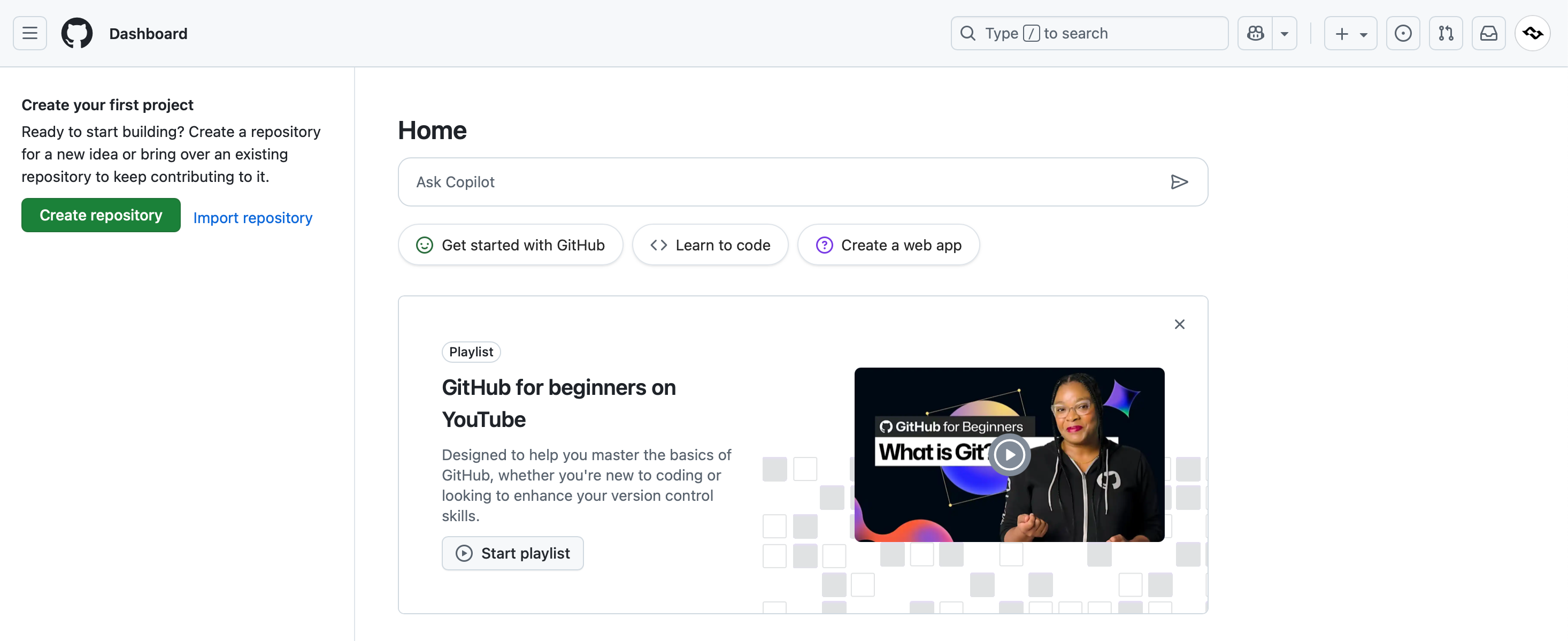
Branches, Commits, and Pull Requests: The Collaboration Workflow
Software development is rarely linear. Teams experiment, improve, and fix bugs simultaneously. GitHub’s branching model allows this flexibility.
- Branches let developers work on new features without disrupting the main codebase.
- Commits are snapshots of code at a given point — each with a clear message describing what changed.
- Pull requests are proposals to merge those changes back into the main branch.
Through pull requests, developers can review code, discuss proposed updates, and ensure high code quality before merging. This process not only prevents regressions but also encourages collaboration and learning within teams.
A well-managed pull request review process is the backbone of software projects, ensuring every change is peer-reviewed and traceable.
GitHub’s Ecosystem: Tools That Go Beyond Version Control
In fact, GitHub started as a place to host repositories — but it has evolved into a complete ecosystem of software development tools.
GitHub Actions
A built-in continuous integration and continuous deployment (CI/CD) tool that automates testing, building, and deployment. With Actions, you can automatically run tests whenever someone pushes new code or merges a branch.
GitHub Codespaces
A virtual machine-based development environment that lets developers code in the cloud using Visual Studio Code. Codespaces replicate local dev environments instantly, reducing setup time and making remote development seamless.
GitHub Copilot Chat
Powered by AI, GitHub Copilot assists with code completion and context-aware suggestions directly inside your code editor. With Copilot Chat, developers can ask natural language questions about code or request refactoring suggestions — transforming how to write and understand software.
These tools make GitHub not just a hosting platform but a complete development platform that supports everything from coding to even automation.
GitHub and Open Source Projects
GitHub is recognized as the world’s largest platform for open source software. Millions of developers collaborate daily on frameworks, libraries, and applications that power the internet — from React and TensorFlow to Kubernetes.
Developers can:
- Fork repositories to create independent versions.
- Submit pull requests to propose new features or fixes.
- Open issues to discuss bugs or improvements.
This transparent workflow drives innovation, helps new contributors learn from real projects, and strengthens the global development community.
Beyond Code: Managing Projects the Developer Way
Software projects aren’t just about code — they’re about planning, coordination, and iteration. GitHub brings that into the same environment.
- Issues capture bugs, ideas, and discussions.
- Project boards visualize work in progress, much like Kanban boards.
- Milestones group related tasks into deliverables.
This integration eliminates the usual split between “dev tools” and “management tools.” Everyone works in one shared system of record, improving transparency and reducing hand-offs.
Building Quality In: Review, Feedback, and Confidence
Good code is reviewed code. GitHub formalizes that principle through pull requests and inline commenting.
Every proposed change passes through review — not as bureaucracy, but as collaboration. Reviewers highlight improvements, run checks, and verify results before merging. Automated tests (via Actions) add another safety net.
The result: fewer regressions, more shared knowledge, and a continuous feedback loop that strengthens both code and culture.
Scaling Up: From Individual Developers to Enterprise Teams
While anyone can create a free GitHub account, the platform scales all the way up to large organizations using GitHub Enterprise.
- Individual developers use GitHub to showcase portfolios, host side projects, and experiment with new technologies.
- Teams use it to share code, manage collaborative software development, review pull requests, and ensure smooth version control.
- Enterprise extends these capabilities with enterprise-level features — from advanced security and audit logs to compliance frameworks and SSO. It enables large organizations to manage thousands of developers across hundreds of repositories while maintaining governance and traceability.
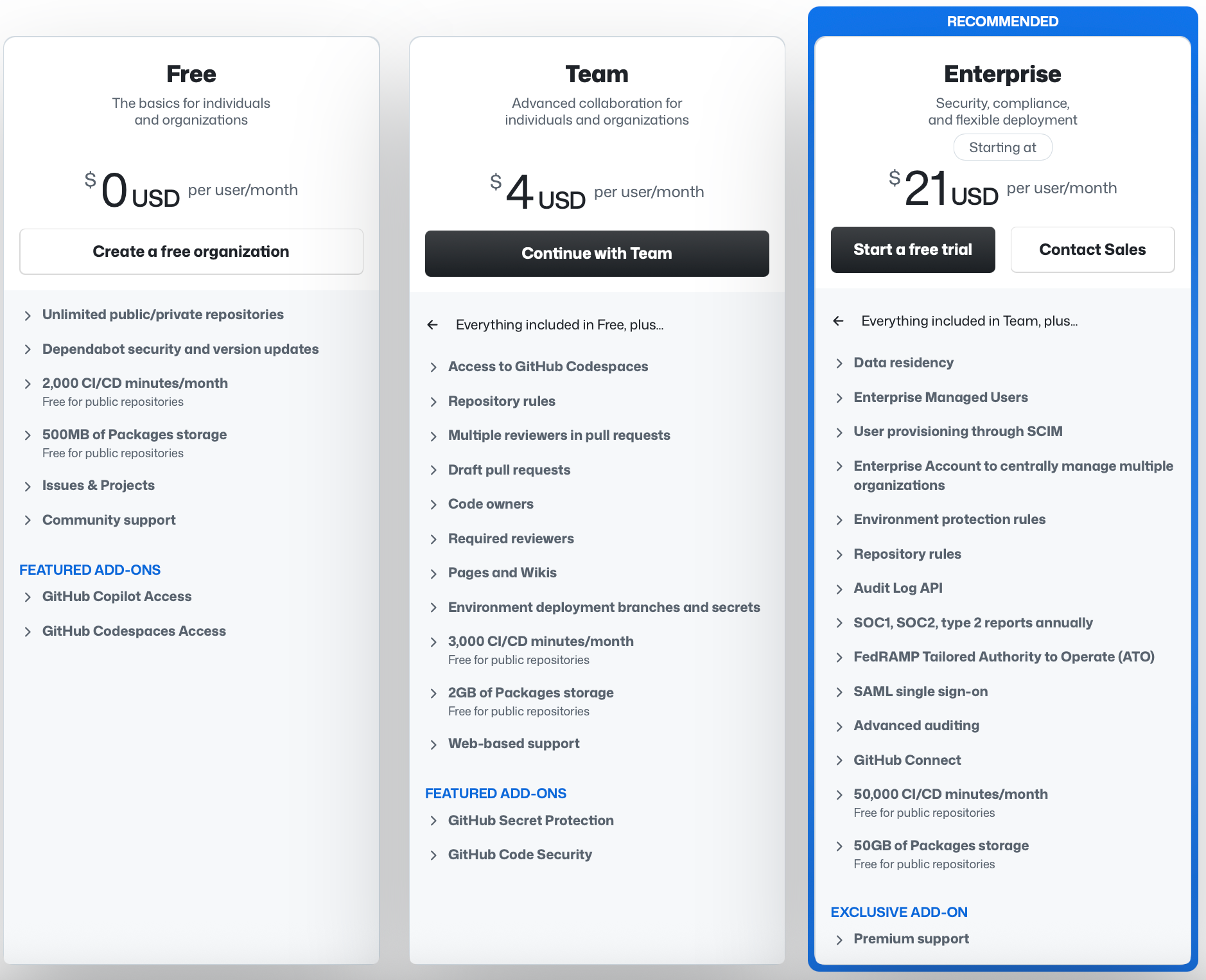
How GitHub Fits into the Software Development Lifecycle
GitHub supports every phase of the software development lifecycle (SDLC):
- Plan – Teams document requirements and issues in repositories.
- Build – Code is written, committed, and shared.
- Test – GitHub Actions automatically verify builds.
- Review – Pull requests ensure high-quality merges.
- Deploy – Code is shipped via automated pipelines.
- Monitor – Issues and discussions provide continuous feedback.
This end-to-end workflow allows developers to maintain different versions of code, track history, and roll back when necessary — making GitHub essential for reliable software delivery.
GitHub Integrations: Extending Collaboration Beyond Code
In many organizations, GitHub rarely exists in isolation. Development teams also rely on project management tools like Jira, ITSM systems like ServiceNow, and DevOps platforms like Azure DevOps. Managing information across these systems can become complex — and that’s where integrations play a vital role.
By integrating GitHub with other tools, teams can:
- Synchronize issues and pull requests with project management systems.
- Automatically track deployments and incidents in ITSM tools.
- Align developers and non-technical stakeholders in a shared workflow.
This is where Getint integration platform can be featured, by enabling two-way, secure, and no-code integrationsbetween GitHub and tools such as Jira, ServiceNow, or Azure DevOps. GitHub Connector ensures that developers continue working in GitHub while managers track progress in their preferred environments — without manual updates or data loss.

*Take a look at our step-by-step Jira GitHub Integration Guide.
For large or regulated organizations, Getint’s hybrid and on-premise deployment options make it possible to connect GitHub with other systems securely, respecting compliance and data residency requirements. In short, integrations turn GitHub from a developer tool into a collaboration hub that connects the entire business ecosystem.
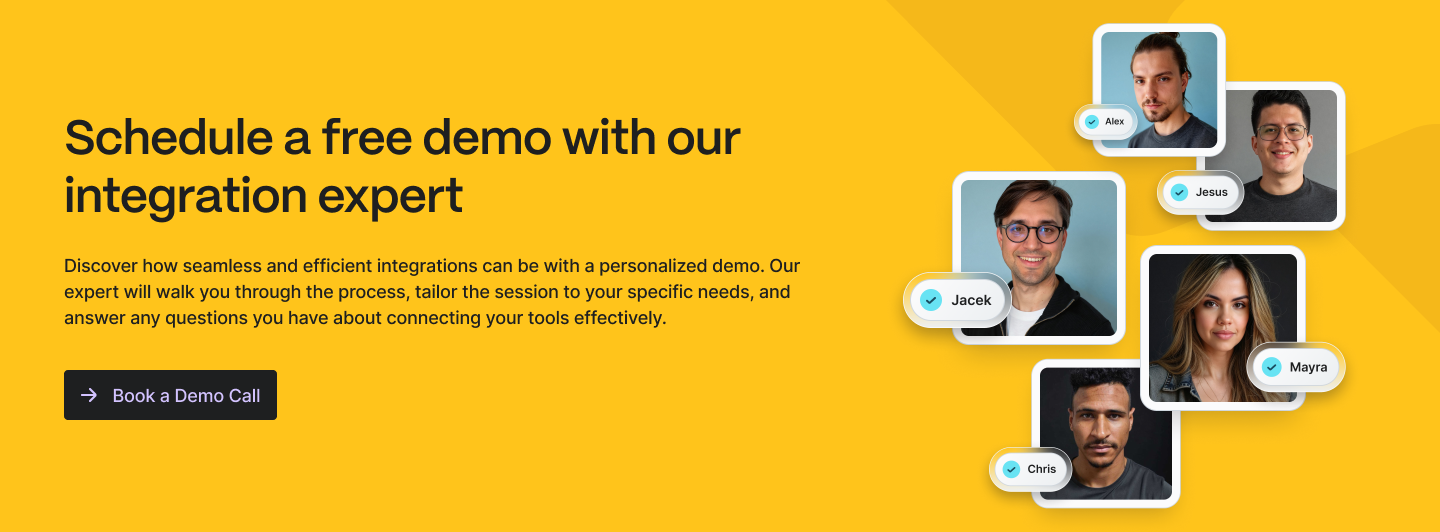
Looking Ahead: Why GitHub Still Defines the Future
Seventeen years after its launch, GitHub remains the backbone of collaborative software development. It evolves with its users, adding AI features, deeper integrations, and enterprise-ready infrastructure, while keeping the simplicity that made it universal.
It standardizes how developers build and ship software, connects distributed teams, and powers the open-source projects that shape technology itself.
And with integration platforms like Getint extending its reach, GitHub isn’t just a tool anymore — it’s part of the infrastructure of constantly evolving models of work.
Key Takeaways
- GitHub combines version control, collaboration, and automation in one ecosystem.
- Git provides the distributed foundation that makes this collaboration possible.
- Tools like Actions, Codespaces, and Copilot redefine productivity.
- GitHub Enterprise scales those advantages securely for global teams.
- Getint integrations connect GitHub with tools like Jira and ServiceNow, turning it into a true organizational hub.
Conclusion
GitHub has reshaped the way software is created, reviewed, and shared. It unites developers, automates processes, and connects ecosystems.
To understand GitHub is to understand modern development itself — fast, transparent, and integrated.
And when extended with purpose-built platforms like Getint, it becomes not only a development tool but the core of how digital collaboration happens.

